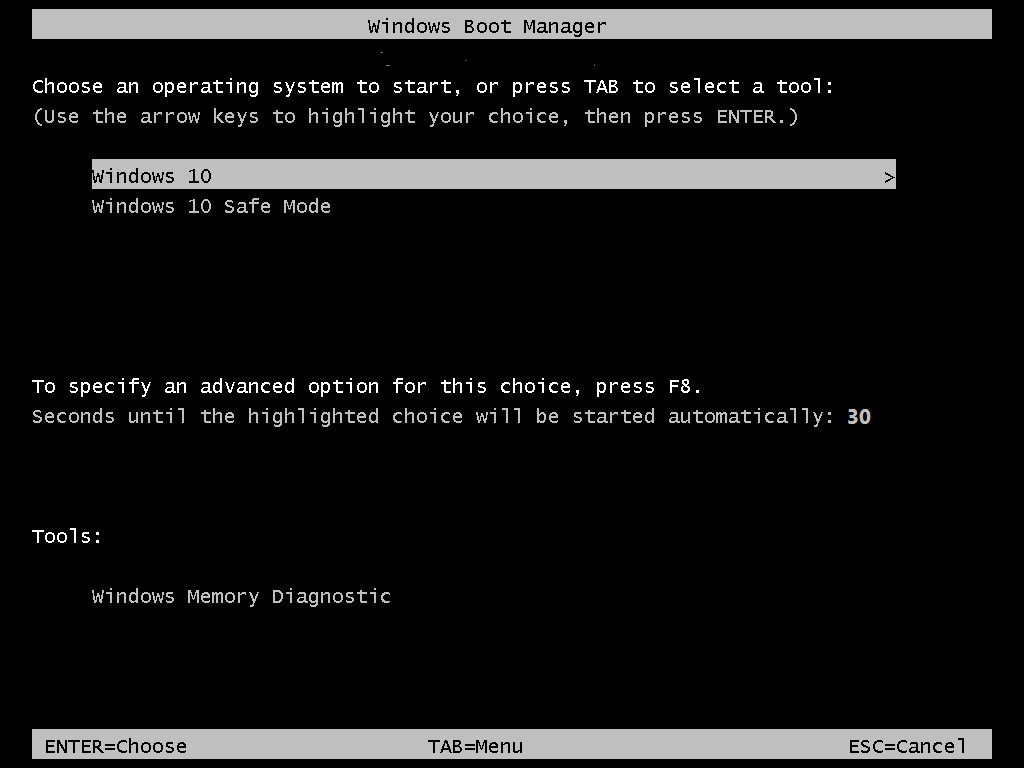
To make things easy, you can also utilize other users' dotfiles (configuration) to quickly modify the look and behavior of your desktop. Here, I provide the links to its documentation, and the installation commands to give you a head start. You might want to know how to switch between Xorg and Wayland to use the window manager or compositor you want.But, it is not mandatory, you can try other distributions. So, you can expect better community support for configurations/setup if you pick Arch Linux as your distro of choice. Most users prefer Arch Linux to use window managers.Unless you do not set it up, you cannot utilize the window manager. Some window managers might need configuration even before using it.If you do not know how to configure it to your liking, you may not be able to use it. Some window managers provide you with room for endless customizability.There are some points to note that include: It may not be feasible to cover everything in this article. If you decide to use a window manager, you must be willing to research/read documentation to get things right. You can explore Arch's documentation to learn more.įor multi-monitor setups, you might want to check for RandR and Xinerama protocol support with the window managers. The following documentation describes the features and requirements of the DWM APIs.Most of the options mentioned work for the Xorg display server, considering window managers on Wayland are called compositors. Many of the DWM features can be controlled or accessed by an application through the DWM APIs. It can be enabled and disabled through the Administrative Tools Control Panel item, under Services, as Desktop Window Manager Session Manager. The Desktop Window Manager runs as a Windows service. Through desktop composition, DWM enables visual effects on the desktop as well as various features such as glass window frames, 3-D window transition animations, Windows Flip and Windows Flip3D, and high resolution support.

Instead, their drawing is redirected to off-screen surfaces in video memory, which are then rendered into a desktop image and presented on the display.ĭesktop composition is performed by the Desktop Window Manager (DWM).

When desktop composition is enabled, individual windows no longer draw directly to the screen or primary display device as they did in previous versions of Windows. The desktop composition feature, introduced in Windows Vista, fundamentally changed the way applications display pixels on the screen.


 0 kommentar(er)
0 kommentar(er)
